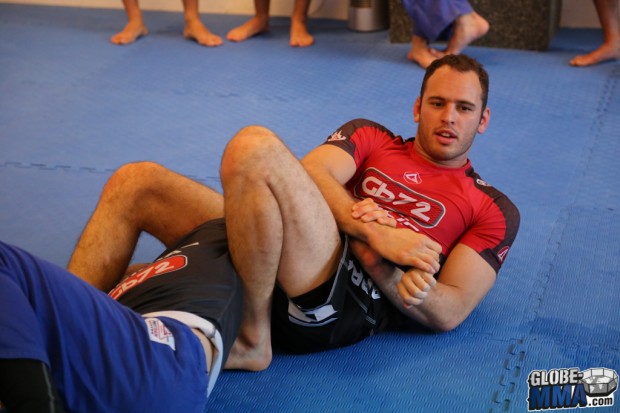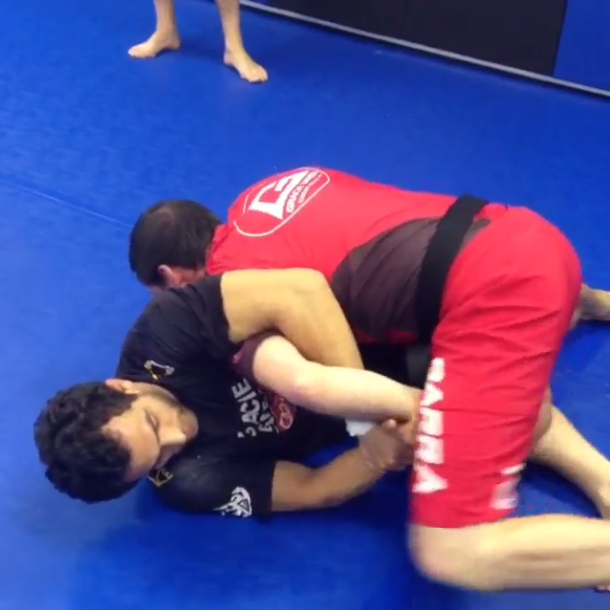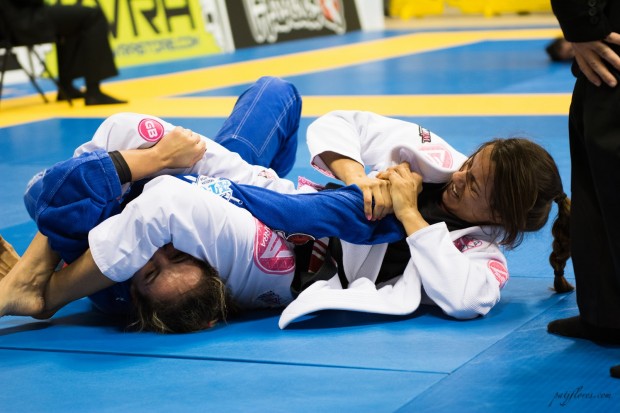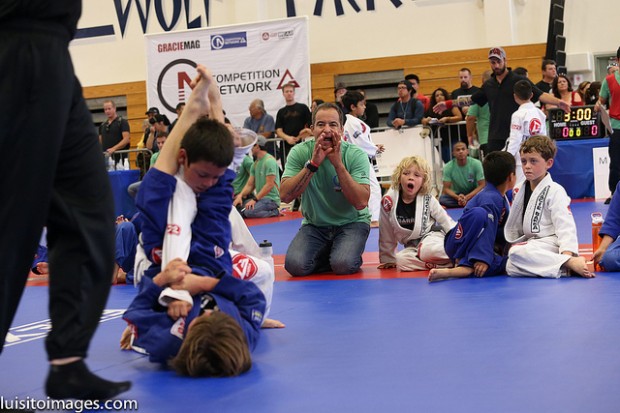The Arm Lock Hunter – 5 Black Belt Tips on Submitting the Arm Bar
I spent several years training with a black belt who was an expert in the straight arm lock. He trained at the original Gracie Barra in Rio de Janeiro and picked up different pieces of information from different black belts and pieced them together into his own method for attacking the straight arm bar.
read also: How Smart Students Use Their Instructors
Having tapped to innumerable arm locks by the instructor, I asked HOW he was doing his arm lock – looking for the secrets behind his success.
Here are 5 pieces of advice that he gave me on arm bars:
1) Isolate the limb away from the body where it is in a weak position
The closer the opponent’s elbow is to their body, the stronger the limb is. Look to wedge your knee (or elbow or abdomen) in between the elbow which is held tightly to the protect. The arm and shoulder are in their strongest position when they are close to the body.
2) Control the opponents escape
Many blue belts know the straight arm lock, but neglect the control aspect.
Instead of arriving in the mounted position and lunging as fast as possible to catch the arm (which results in as many counters as it does taps) look to understand the opponent’s escape.
Control first!
Don’t “snatch” the submission – use grips and pressure to remove the opponents escape routes.
Understand how the opponent will likely try to escape and by using grips and weight distribution, prevent their escape.
3) Do not get attached to the idea of one move
Many lower belts will “fall in love” with a submission and when they get ahold of the arm, will struggle mightily even when the opponent is successfully defending.
You must be willing to move to next move if opponent has been able to counter your initial choke or arm lock attempt.
When the opponent has been able to set their defence, it is MUCH more difficult to obtain the submission.
Jean Jacques Machado compared his submission philosophy to like a machine gun, when he continued to attack with a barrage of submissions until the opponent could not escape.
4) Attack in combination so opponents do not know which to defend.
By the time most bjj students achieve blue and purple belts, they know the correct counter techniques for most of the submissions. It is very difficult to tap them with a straight forward attack.
This is where combination techniques become important.
Perhaps the greatest bjj competitor of all time Roger Gracie excels in the mounted cross choke – a seemingly “basic” submission.
But Roger explains that he threatens the straight arm lock and collar choke in combination and the opponent becomes confused in the defence.
Defending the cross choke exposes the arm to arm bar – and vice versa.
read also: [LINK]https://graciebarra.com/2015/06/fake-it-til-you-make-it/[LINK]
5) Learn the anatomy of the joints so you understand how to control and attack the vulnerability of the joint
Where is the shoulder and elbow joint most and least stable? An understanding of the anatomy will help you maximize the leverage that you are able to apply to destabilize the opponent’s joint.
One experienced black belt joked and said that he was a “reverse chiropractor” with his understanding of how to increase the pain in the joints 😉
When you turn the wrist this way,.how tight is the lock? If you twist the opposite does it relieve the pressure on the joint?
You must understand the limits of the mobility of the elbow and shoulder joints.
* Tip – Not only do you look to extend the arm, but my professor was pulling on the wrist to stretch the arm in an arm bar attack. This destabilized the elbow joint and made the entire arm weaker.




